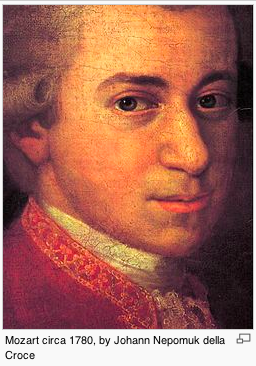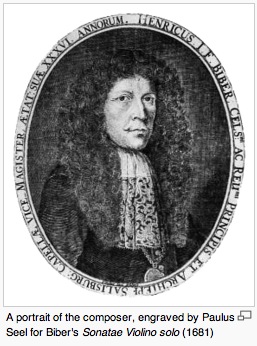This month’s Handel Gloria for soprano, two violins, and basso continuo is a newly-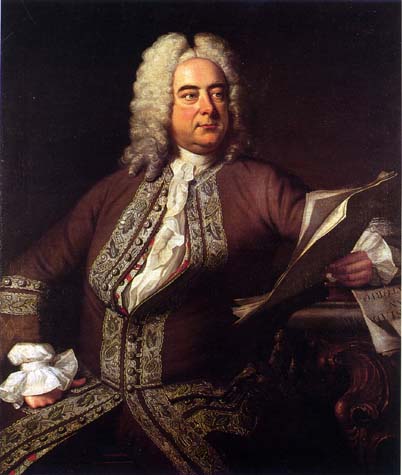 discovered find at the Royal Academy of Music’s library in London. The manuscript- not in Handel’s hand but bound in a collection of Handel arias owned by singer William Savage- was left to the Academy by his student RJS Stevens on his death in 1837. Handel may have composed it during his early years in Germany prior to his departure for Italy. Handel later borrowed music from this Gloria for use in the Laudate pueri dominum and Utrecht Jubilate.
discovered find at the Royal Academy of Music’s library in London. The manuscript- not in Handel’s hand but bound in a collection of Handel arias owned by singer William Savage- was left to the Academy by his student RJS Stevens on his death in 1837. Handel may have composed it during his early years in Germany prior to his departure for Italy. Handel later borrowed music from this Gloria for use in the Laudate pueri dominum and Utrecht Jubilate.
Linda Dayiantis-Straub, soprano
Patricia Ahern and Jin Kim, violin
Pablo Mahave-Veglia, violoncello
Jerry Fuller, double bass
Andrew Fredel, harpsichord
[10:12]
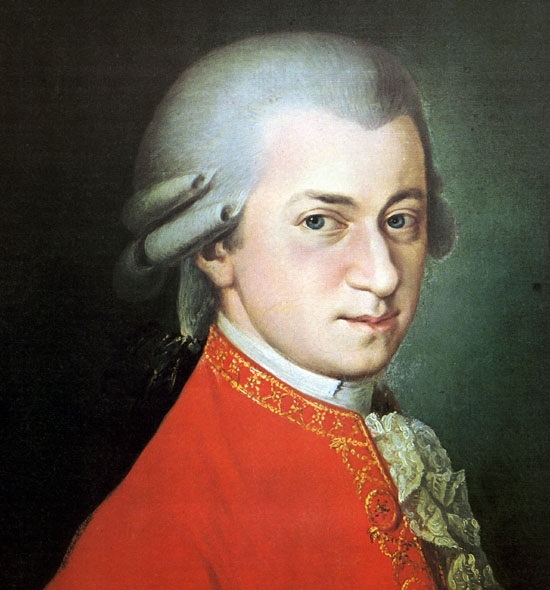
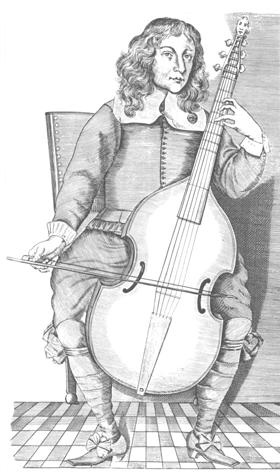


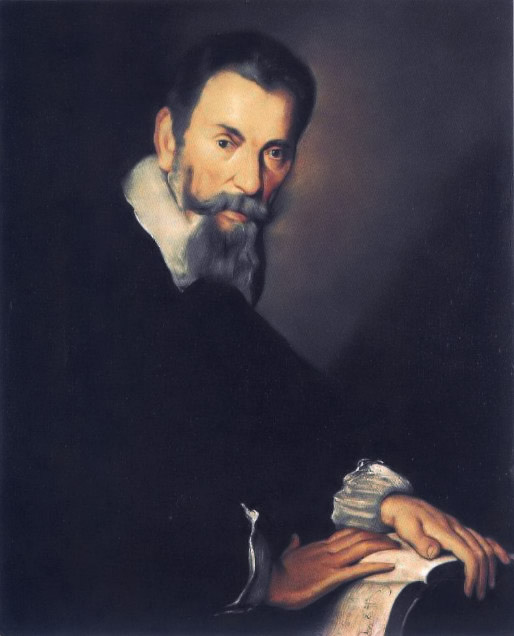
 Today we’re excerpting from the
Today we’re excerpting from the 
 In this episode of Ars Antigua Presents (11 minutes), we’re celebrating
In this episode of Ars Antigua Presents (11 minutes), we’re celebrating 